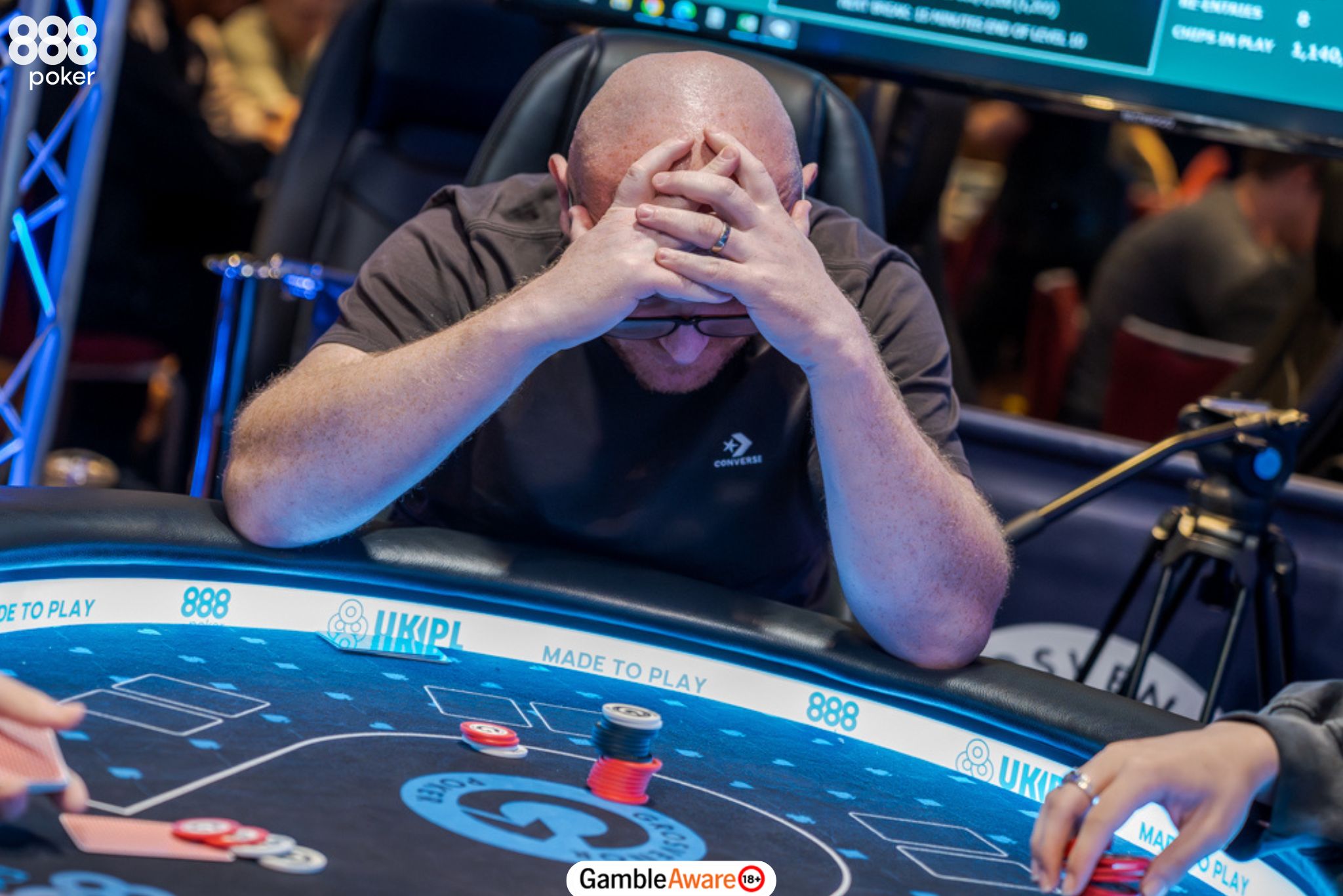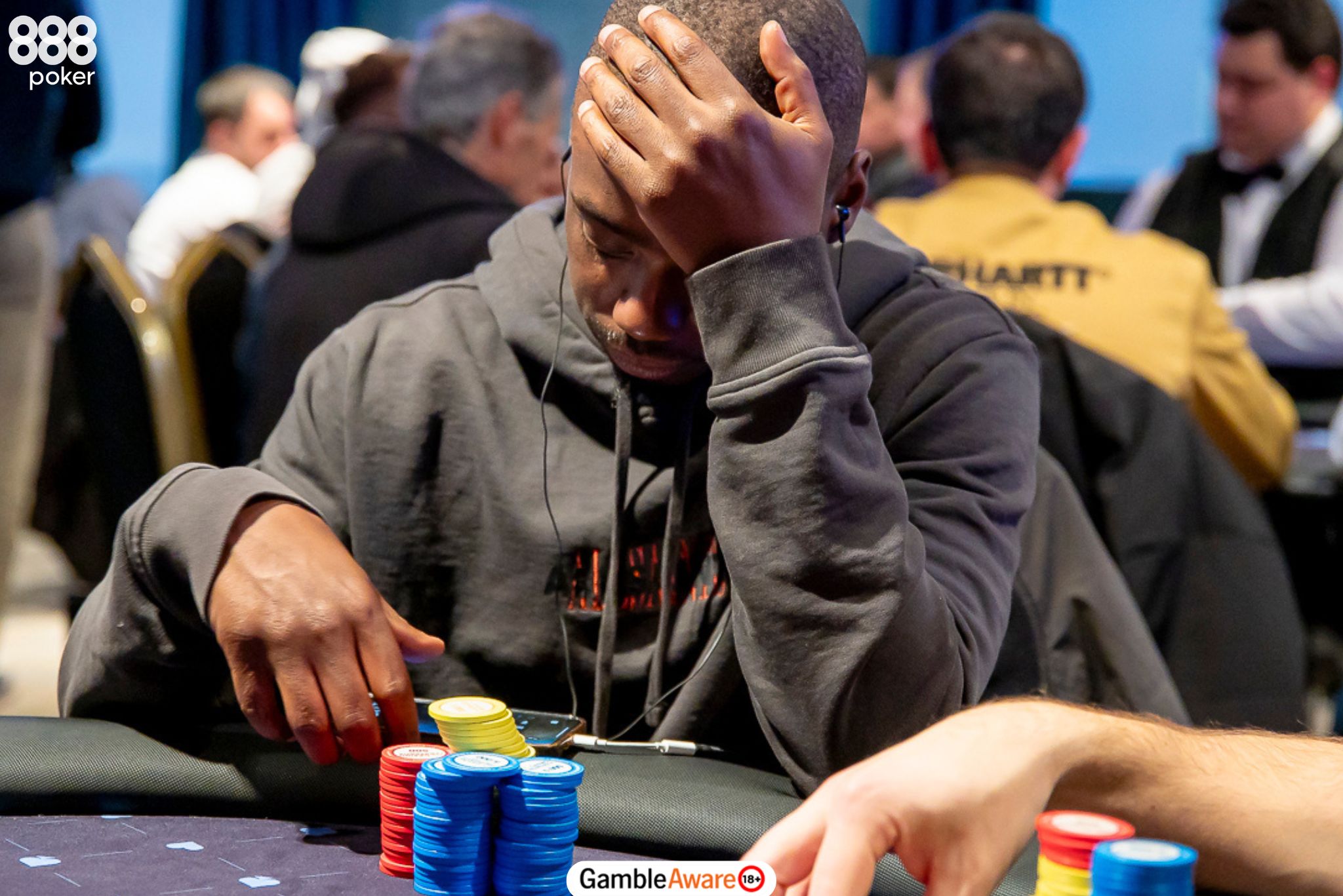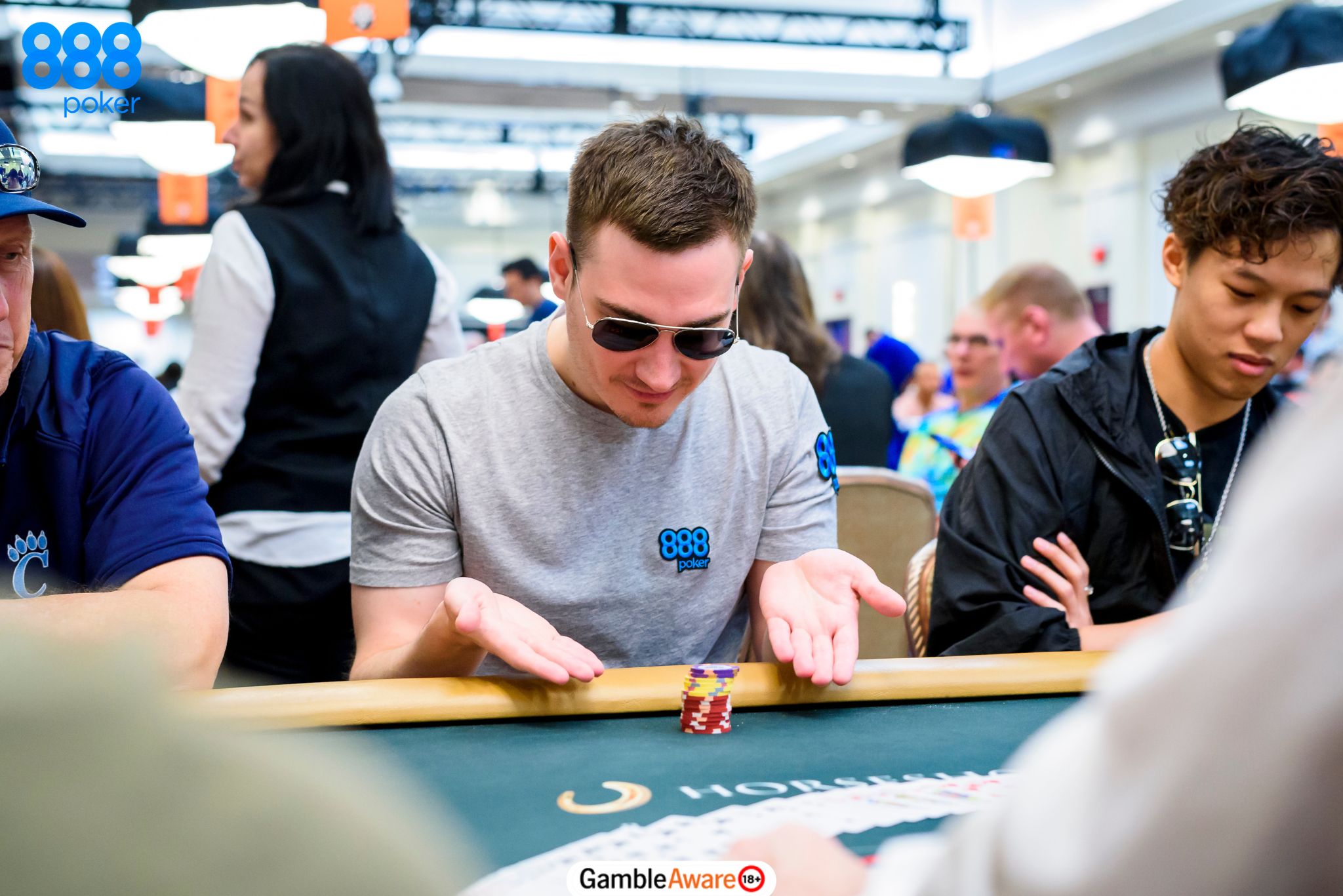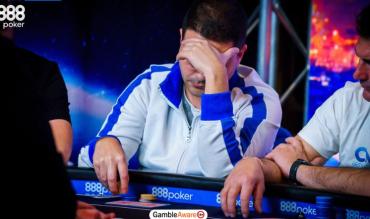Updated on August 22, 2025
Poker is a game that combines skill with elements of luck. Every player, even the greatest poker players of all time, no matter how talented or seasoned, will experience losses – and those can last a while.
It’s the nature of the game, and sometimes it seems no matter how solid you play, pots don’t head your way. This scenario, which most players will encounter at some point, is a downswing.
But what is a downswing, and how should players handle them?
Keep reading to learn all about a downswing in poker and some advice on minimising these tough runs of cards and time at the table.
Explanation of Downswing Poker
A downswing is when you sustain losses over an extended period. This scenario can involve financial losses, a prolonged run of bad cards, and other factors that could contribute to losing poker.
- Unlikely coolers
- Unfavourable runouts
- Unlucky moments
- Poor play
- Lack of focus
Due to the expansive nature of poker variance, downswings in poker (even among winning players) are relatively common.

The size of likely downswings is usually a function of win rate and playing style. The lower a player’s win rate, the more likely they are to experience regular downswings in poker.
Higher-variance styles, which involve excessive poker bluff strategy, also make big downswings (and big upswings) more common.
As a rough guide, even strong winning cash-game players should expect to drop twenty buy-ins from time to time (perhaps two to three occurrences every million hands). Smaller five-buy-in downswings will happen consistently and are a standard part of the game.
If strong winning players are victims of variance, then most poker players are likely to experience even more turbulence. This fact is especially true for those having win rates close to the break-even mark (i.e. 1bb/100 hands or so).
Big downswings are almost guaranteed; it’s simply a matter of time.
To generate more specific numbers regarding the nature of possible downswings, players can make use of variance simulators. Variance simulators allow players to input a few variables (such as winrate and standard deviation) and see projections regarding best and worst-case scenarios.
Some of the worst-case scenarios are surprising. For example, a 6bb/100 winner can end up losing over 100,000 hands of cash game play.
Of course, this is not especially likely, but the more volume we put in, the more the likelihood of a terrible run.
What is Variance?
When considering downswings, it’s essential to understand the concept of “variance.” This poker term refers to the expected randomness and fluctuations in the game.
Even skilled players can experience periods of losing and winning that fluctuate depending on their expected performance. Understanding and embracing this is part of the game.
Sometimes you may not be able to lose, and, at other times, you can’t win.
Generally, when learning how to play poker, you’ll experience ups and downs along the way – hopefully, more ups than downs. Understanding variance in poker is crucial for comprehending both the short-term and long-term outcomes in the game.
“On the one hand, variance is every poker player’s biggest nightmare,” training site Upswing Poker notes. “Not unlike Murphy’s Law, everything that can go wrong will eventually go wrong and in the worst possible way. As a result, we should be properly prepared for it!”
How to Use Downswing Poker as Part of Your Strategy
For most poker players, the enemy is not the downswing itself, but rather their psychological reaction to losing chips over a prolonged period. A continual downswing can significantly impact a player’s emotional state, potentially leading to tilt and even poorer play.
In many instances of big downswings, only a specific percentage of the swing can legitimately be variance. After dropping the first five to ten stacks, players’ games become increasingly tilted, causing them to make questionable strategic decisions at the table. GTO poker charts go out the window!

Determining whether poor play or variance is a contributing factor to a downswing can be difficult. It’s possible that after dropping 20 stacks, only 10 are genuinely due to, while the other 10 are a product of mental game issues.
Many downswings become prolonged because of mental game problems.
It’s essential not to use the concept of the “downswing” as an excuse for avoiding taking responsibility for losses. If unsure, it’s usually safer to assume that losses are a product of bad play rather than variance.
Some players are consistently losing money at the tables but refuse to re-evaluate their strategy because they convince themselves that they are “simply running bad” and that “it’s just a matter of time before things turn around.”
The truth is that these players may be playing too many hands, not employing sound poker strategy, or failing to stay focused. Variance can play a role, but it’s crucial not to make this an excuse for poor play.
It’s not impossible to lose more than twenty buy-ins in a cash game as a product of variance. However, poker probability at this stage suggests that a player is not a legitimate winner in those types of games.
Dealing With a Downswing
If a player is indeed facing a downswing, what can be done to change this negative momentum?
Taking some time off allows a player to regroup and reconsider their play. A player can focus on strategy and reveal any leaks in their game.

A few other ideas include the following:
- Play different types of poker games – Look for other options and perhaps step down in stakes. This move allows you to reassess and see how you are faring in other games. You can then decide if you have been a victim of variance or if you aren’t playing your best.
- Tighten up your game – Playing more conservatively may minimise losses during a downswing poker phase and refocus.
- Don’t panic – Panicking can lead to tilt and playing too emotionally. Instead, remain solid and understand that the cards will eventually fall your way.
- Review and reset – Reviewing your strategy is a good idea during a downswing. Make unbiased assessments of your play and adjust as needed. A few adjustments may get you back on the path to winning.
- Focus on other critical needs that affect play - Sometimes, losing can be a result of your mental state. Make sure you are eating a healthy diet, getting enough sleep, exercising, and maintaining a healthy lifestyle.
- Skip the party – Spending plenty of time at a casino offers the chance to gamble, drink, and have fun with friends. Some players on the tournament scene may be enticed into hard partying. However, hangovers, drinking too much, and other side effects from hitting the bar or club may affect your ability to focus.
Is a downswing going to happen to you at some point? Yes, but more than likely, a nice upswing will come your way as well.
Stay level-headed and focus on some of what you can do to limit losses in a downswing by playing your best poker.
Hopefully, the downswing won’t last long, and you’ll be back to the business of winning hands.
See Also


